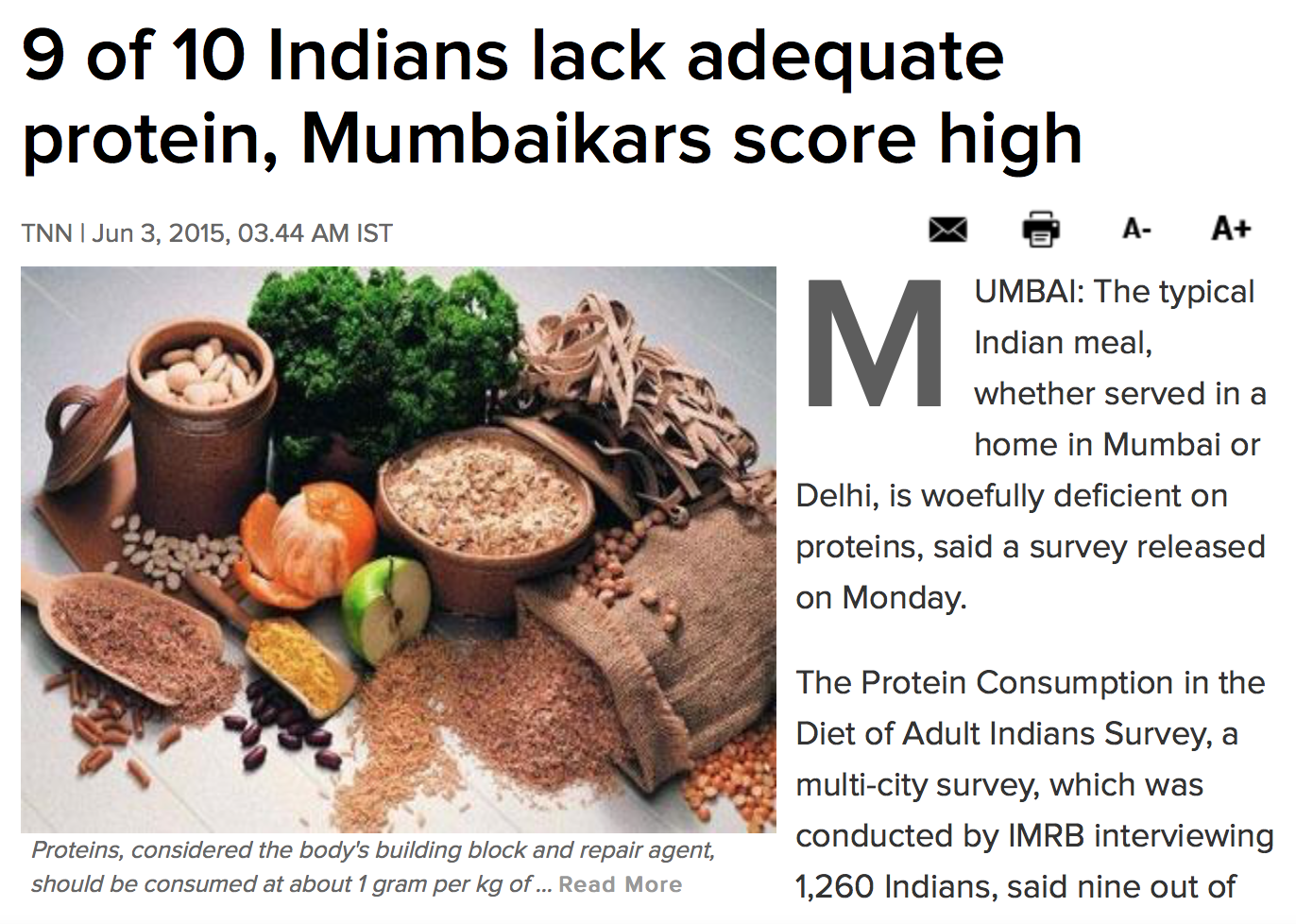
Indian diets derive almost 60 % of their protein from cereals with relatively low digestibility and quality. There have been several surveys of diets and protein intakes in India by the National Nutrition Monitoring Board (NNMB) over the last 25 years, in urban and rural, as well as in slum dwellers and tribal populations.
Data of disadvantaged populations from slums, tribals and sedentary rural Indian populations show that the protein intake (mainly from cereals) is about 1 gm/kg/day. However, the protein intake looks less promising in terms of the protein digestibility corrected amino acid score (PDCAAS), using lysine as the first limiting amino acid, where all populations, particularly rural and tribal, appear to have an inadequate quality to their protein intake. The protein: energy (PE) ratio is a measure of dietary quality, and has been used in the 2007 WHO/FAO/UNU report to define reference requirement values with which the adequacy of diets can be evaluated in terms of a protein quality corrected PE ratio.
It is likely that about one third of this sedentary rural population is at risk of not
meeting their requirements. These levels of risk of deficiency are in a
population with relatively low BMI populations, whose diets are also
inadequate in fruits and vegetables. Therefore, while the burden of
enhancing the quality of protein intake in rural India exists, the
quality of the diet, in general, represents a challenge that must be
met.
Courtesy: NNMB.






0 Comments